Yes, there is a sameness to many of the images I share here. But it is the best kind of sameness. A reminder of how sweet life and home can be.

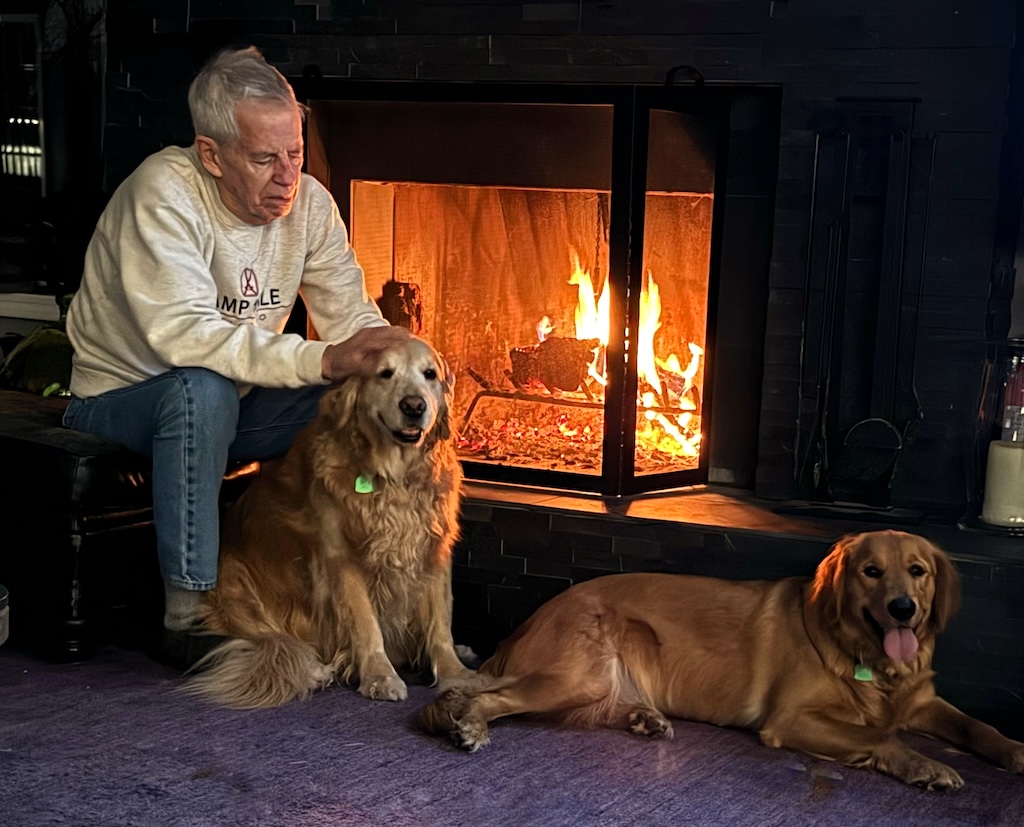

Target practice
Some years back I had a sheriff’s deputy do a security check of our home. He looked at the locks on our doors and places around the house where someone could… lurk? He didn’t find anything obvious. I asked about best firearm for home protection and he immediately said shotgun. A few weeks later I purchased a Remington Model 870 12 gauge. I had some reservations about having a gun in the house but decided I’d rather have a gun and not need it, etc etc. It occurred to me I’d be much more likely to pull the trigger if I could do so without killing the intruder so I investigated “less lethal ammunition” for the shotgun.
Once a year I take the 12 gauge into our woods and fire off a few rounds, just to stay familiar with the weapon. The weight, the recoil, the sound, etc.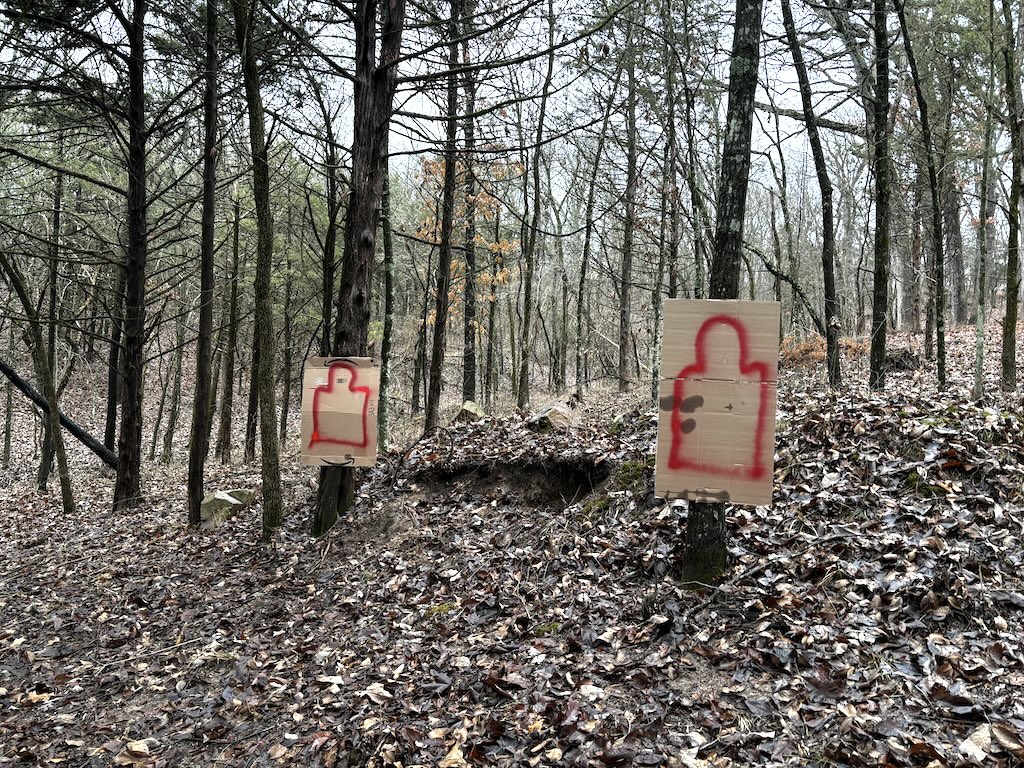
I was firing from about 20 feet from the targets on the assumption I’d never be farther away from someone who got inside our house. The blue circles are the wadding from the shotgun shells; the yellow is birdshot; and the green is 00 Buckshot. I’m not a great shot but with a shotgun you really don’t have to be.
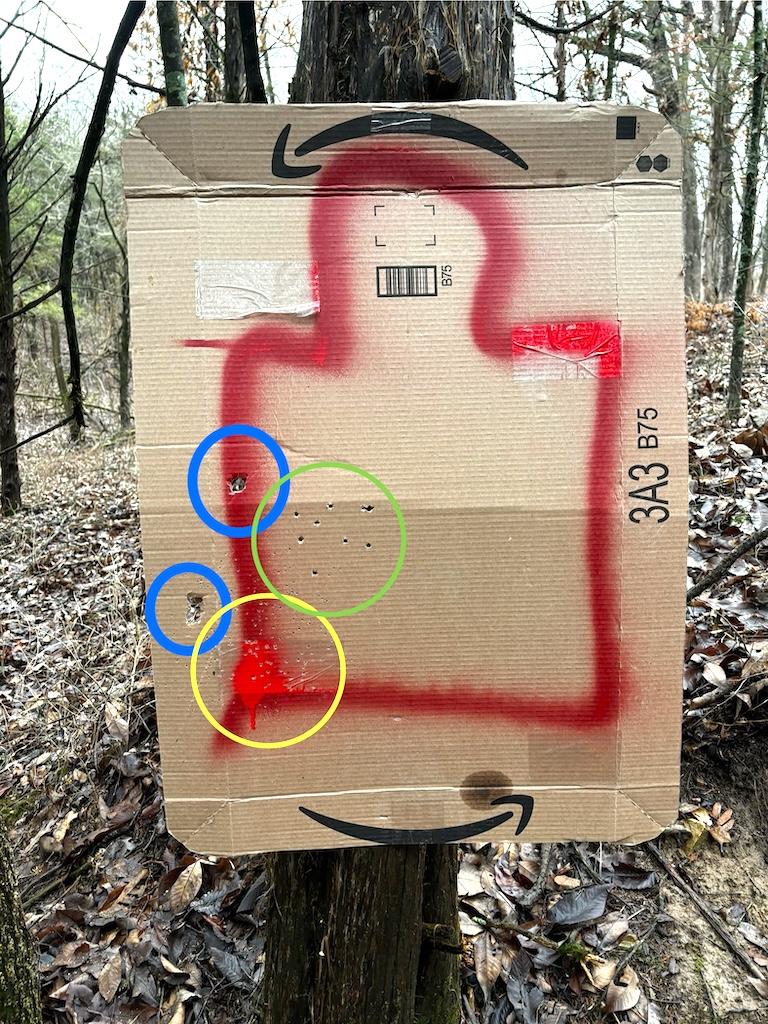
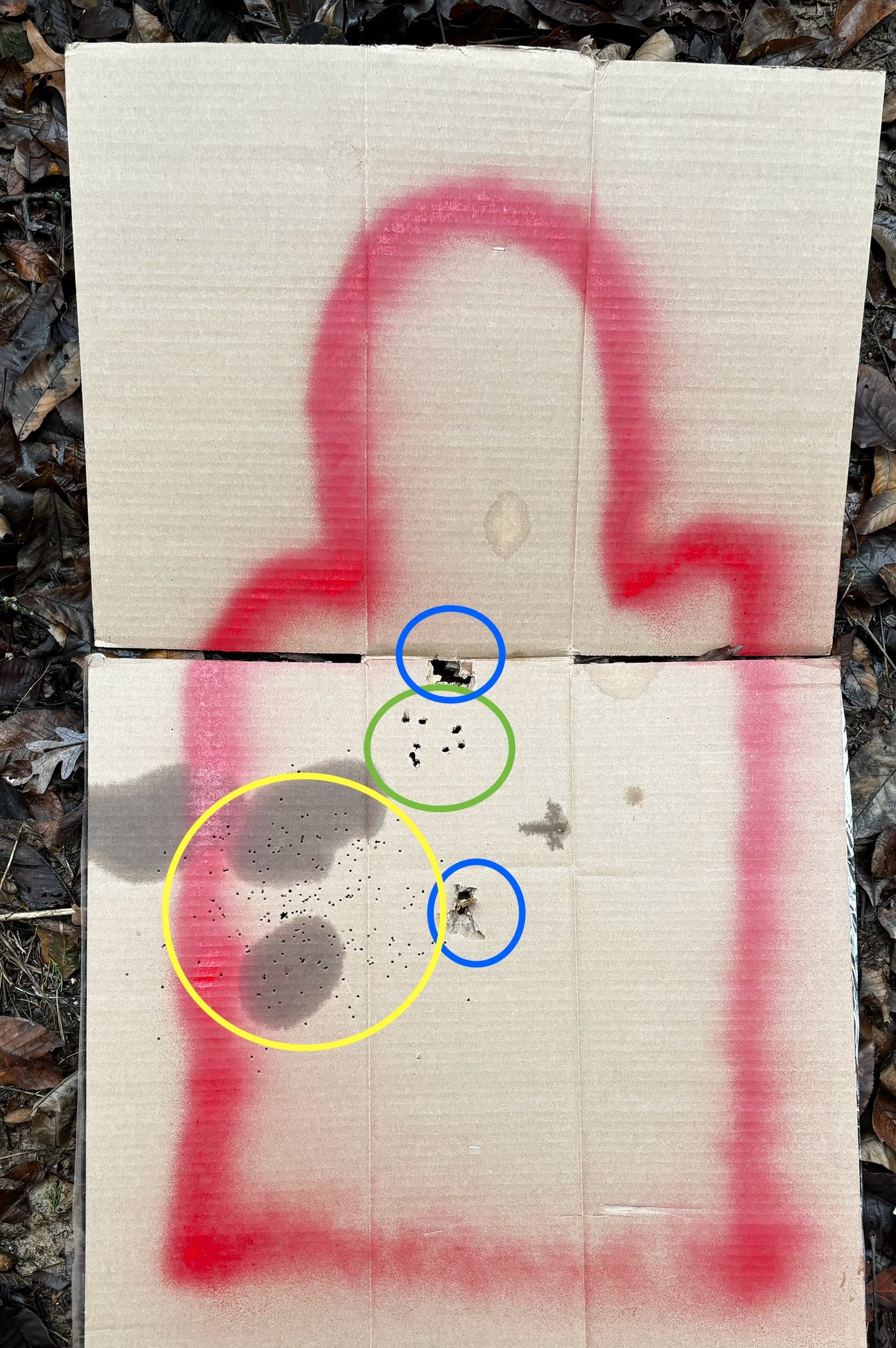
Saturday Night at the Movies
While endlessly scrolling through the hundreds (thousands?) of movie titles in Amazon Prime Video, Netflix, HBO Max, and all the other streaming services, I flashed back to my youth (‘50s and ‘60s) when watching a movie on TV was a rare treat. Following from Wikipedia:
NBC Saturday Night at the Movies was the first TV show to broadcast relatively recent feature films from major studios. The series premiered on September 23, 1961, and ran until October 1978, spawning many imitators. Previously, television stations had been only been able to show older, low-budget, black-and-white films that wouldn’t be shown at movie theaters. In the late 1970s, competition from cable television and home video led to a decline in viewership.
It’s difficult to convey what a treat it was to watch a feature-length movie on network TV. The “late show” usually came on right after the ten o’clock news and ran into the wee hours with lots of commercials. We could never have imagined watching almost any film ever produced. Never mind on-demand streaming to a hand-held device.
YouTube isn’t just a platform. It’s infrastructure.
The excerpts below are from an article adapted from a blog post by Ryan McGrady. Ryan McGrady is a senior researcher with the Initiative for Digital Public Infrastructure at the University of Massachusetts at Amherst and a researcher with Media Cloud and the Media Ecosystems Analysis Group.
There are 14 billion videos on YouTube. More than one and a half videos for every person on the planet and that’s counting those that are publicly visible.
According to McGrady, YouTube started (February 2005) as a video platform, “but it has since become the backbone of one of the 21st century’s core forms of communication.”
Videos with 10,000 or more views account for nearly 94 percent of the site’s traffic overall but less than 4 percent of total uploads. Just under 5 percent of videos have no views at all, nearly three-quarters have no comments, and even more have no likes.
I uploaded my first video to YouTube on February 12, 2006 and more than 560 videos since. Those videos have been viewed 1,171,459 times for a total watch time of 19,171 hours. Amazingly, (to me) my channel has accounted for 3,376 views in the last 28 days. From day one I have had no interest in comments or likes and I never considered trying to monetize my videos. I always saw it as a place to park my videos so I could include them in a blog post.
I cannot argue with McGrady’s view that “YouTube is now less an opportunity than a requirement—something you have to use, because basic elements of society have organized around it.”
Rust Cohle talks about religion
Icy hill 2024
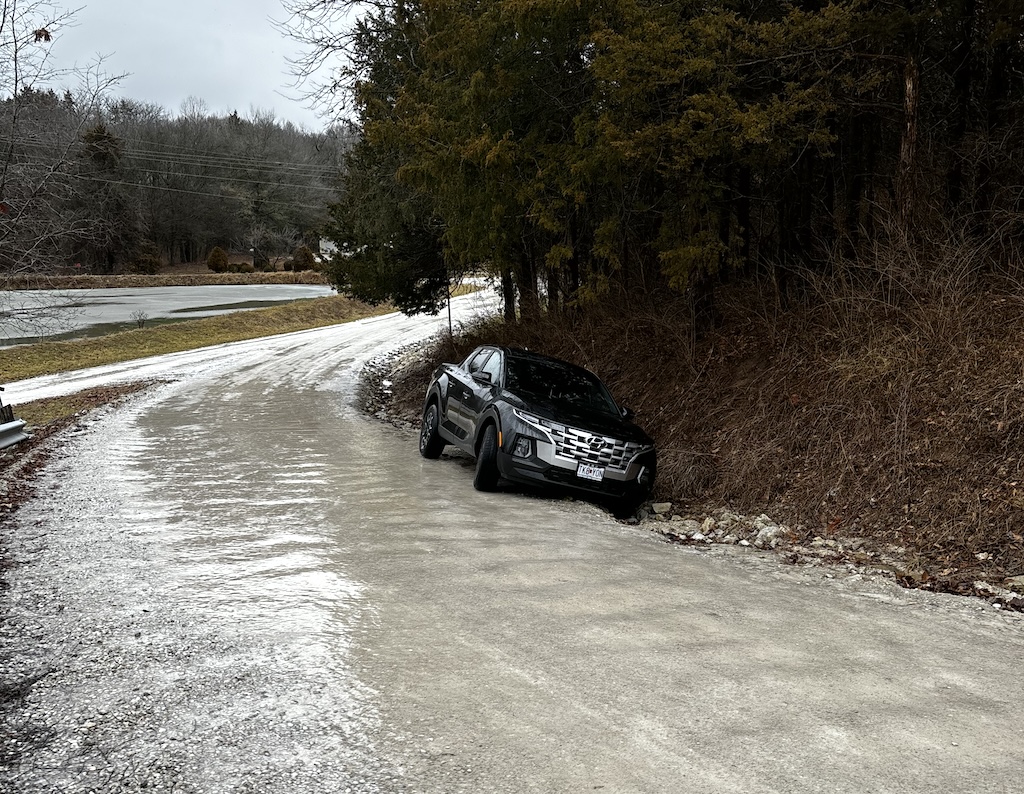 Regular readers know we live at the top of a pretty steep hill, at the end of a gravel road. This week’s weather left our hill slipperier than I’ve ever seen it. Nobody was getting up or down. The truck above belongs to a man who delivers part-time for Amazon and he was trying to bring a package to us. Dude, we can wait.
Regular readers know we live at the top of a pretty steep hill, at the end of a gravel road. This week’s weather left our hill slipperier than I’ve ever seen it. Nobody was getting up or down. The truck above belongs to a man who delivers part-time for Amazon and he was trying to bring a package to us. Dude, we can wait.
Four or five years ago our neighbor braved the hill trying to get to church. It was not god’s will. And way back in 2008 I recorded one of my more popular videos: Icy Road of Death. I wouldn’t live anywhere else.
If you’re happy and you know it…
John Robison
My friend John has also reached the age where a little digital enhancement is called for, so I fired up the Prisma app again.
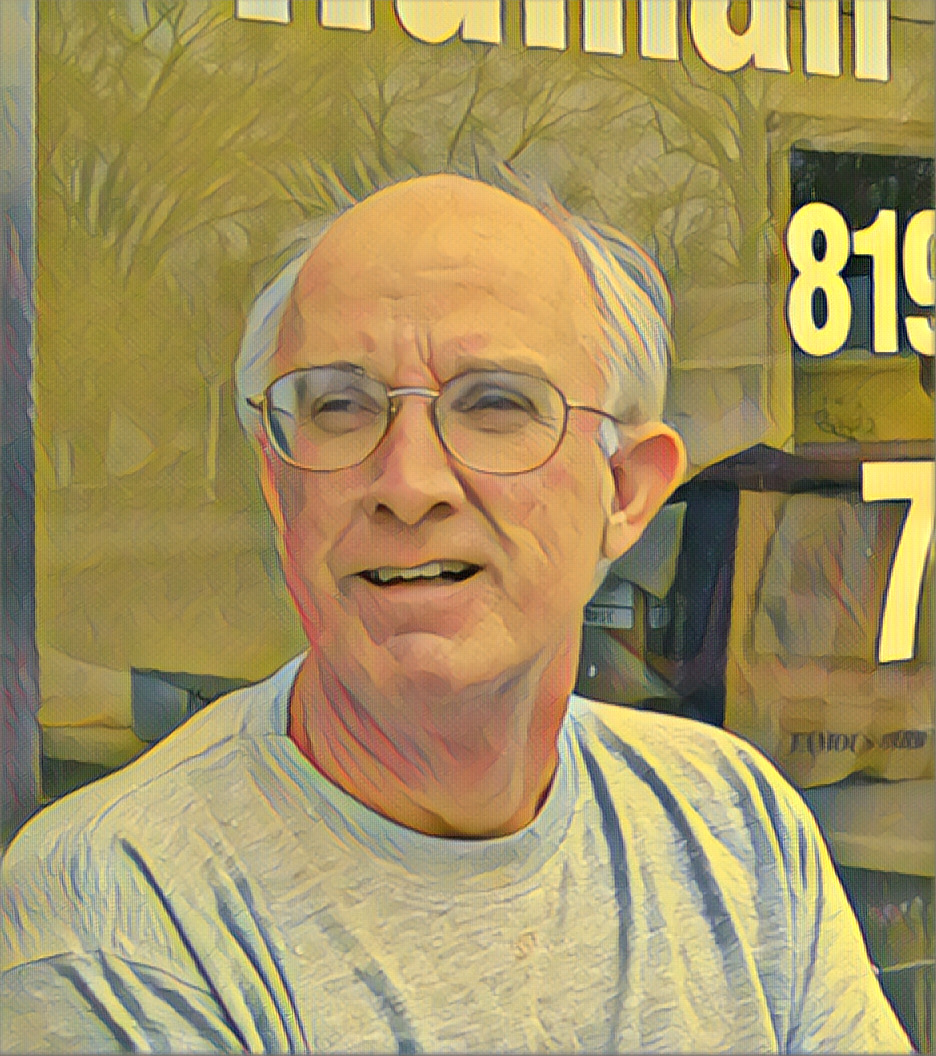
Edited in Prisma app with Thota Vaikuntam
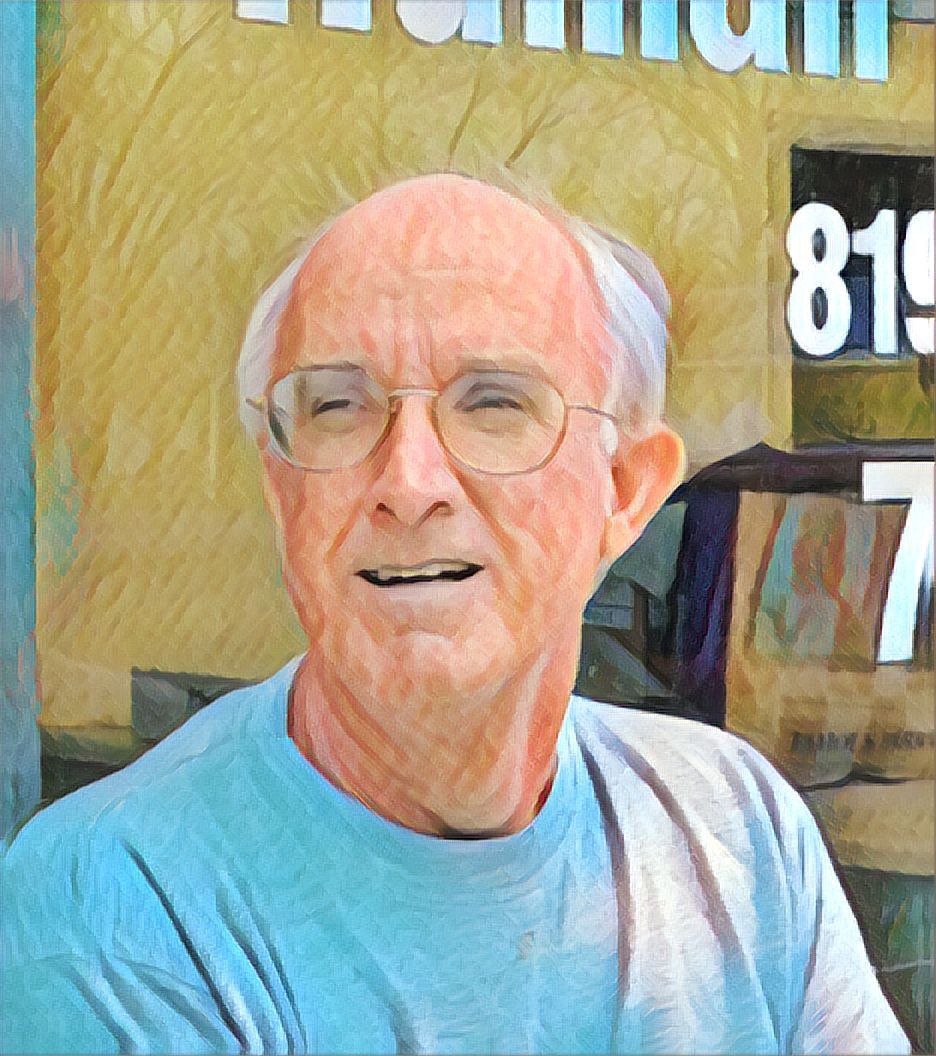
Edited in Prisma app with Dallas
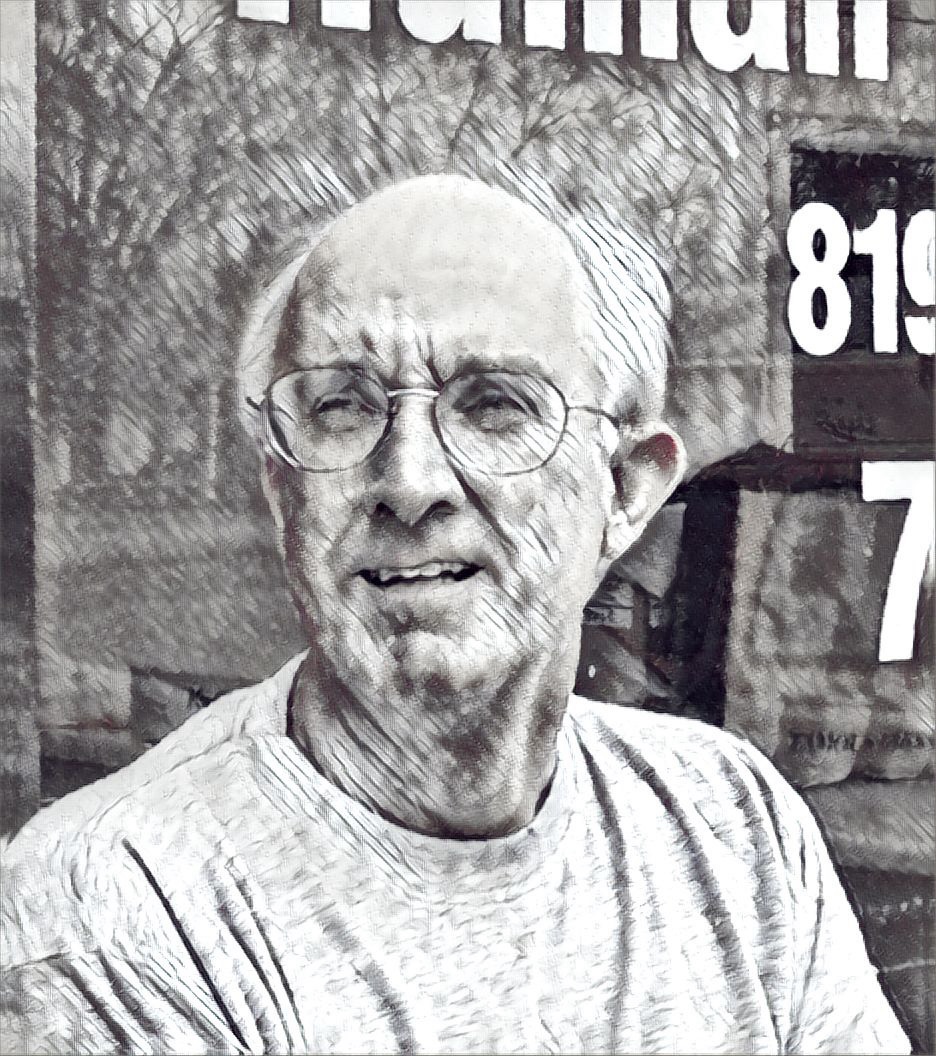
Edited in Prisma app with Daryl Feril
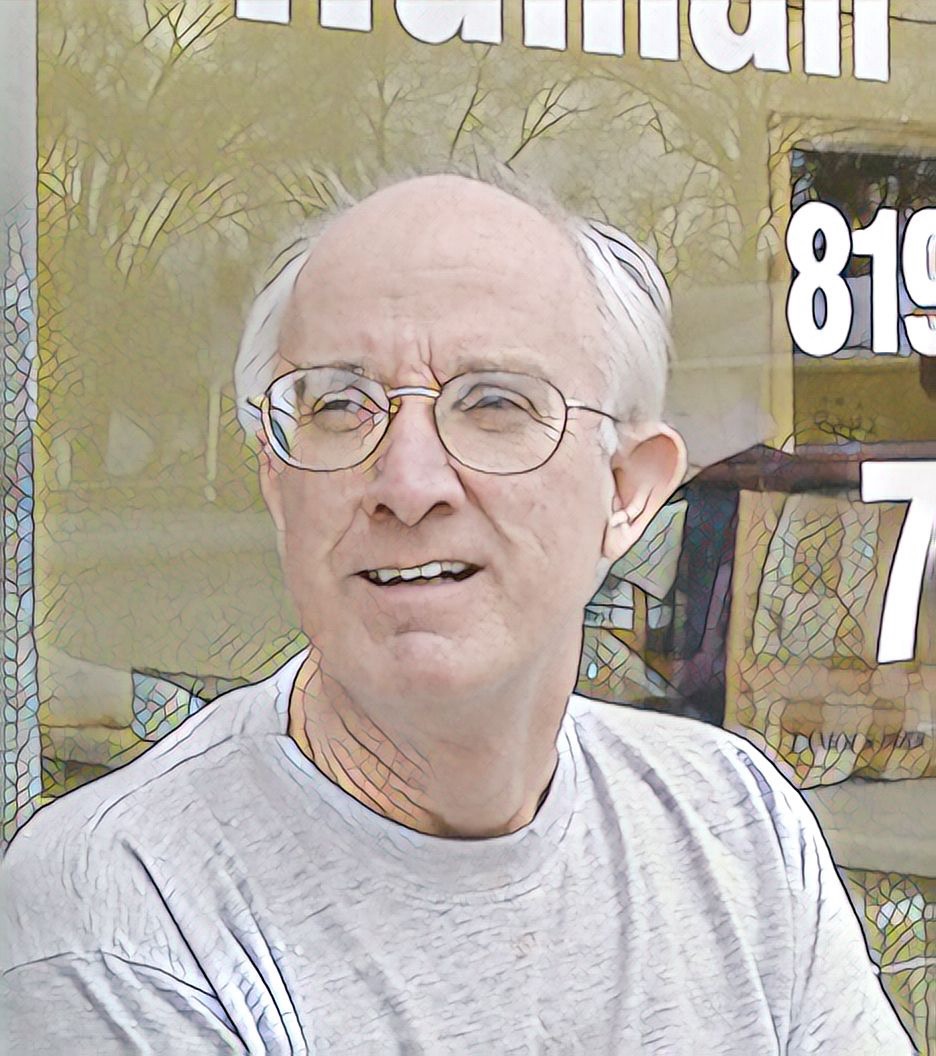
Edited in Prisma app with Mosaic
Public-access Television
“From about 1920 to 1945, radio developed into the first electronic mass medium, monopolizing “the airwaves” and defining, along with newspapers, magazines, and motion pictures, an entire generation of mass culture. About 1945 the appearance of television began to transform radio’s content and role.” (Britannica.com)
Someone would be considered special (cool?) if they even knew someone who had been “on television.” Today anyone with a mobile device can share video (live or recorded) with the world. Everyone is “on TV” or in a “movie.” But back around 1970 we had something called Public-access Television.
“Public-access television (sometimes called community-access television) is traditionally a form of non-commercial mass media where the general public can create content television programming which is narrowcast through cable television specialty channels.” (Wikipedia)
Not long after cable TV came to the little town where I grew up, a local church invested in some recording equipment and began producing local programming.
I was a “radio announcer” (that was the job title back then) so I made a few –very embarrassing— appearances on Time for Talk.
Life is Good

